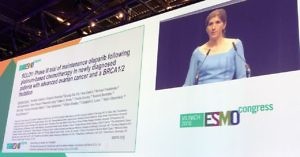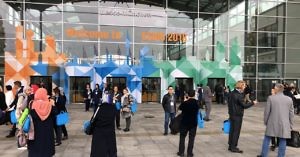TKIs are still alive and kicking!
While much of the attention and news flow seems to be on the big companies at the JP Morgan Healthcare conference, I also wanted to take time to explore some early oncology developments coming out of small biotech companies.

Next Gen TKIs pointing the way?
TKIs are very much still alive and kicking in many pipelines and no, not everything is all about immuno-oncology, checkpoint blockade or CAR T cell therapies.
We still have to tackle the three horsemen of apocalyse, namely MYC, RAS and TP53, and find ways of making the undruggable finally druggable if we want to succeed in tumours where these driver mutations confer unrelenting oncogenic addiction.
With that in mind, here’s an interview with Dr Charles Baum of Mirati Therapeutics and what they are doing to address some of these challenging issues…
To learn more and get a heads up on our latest thought leader interview, subscribers can log-in or you can click to gain access to BSB Premium Content.
This content is restricted to subscribers


 One key emerging area of growth (and importance) in cancer research is the validation, and hopefully clinical use, of more convenient and less invasive biomarker tests based on body fluids rather than tumour biopsies aka ‘liquid biopsies’.
One key emerging area of growth (and importance) in cancer research is the validation, and hopefully clinical use, of more convenient and less invasive biomarker tests based on body fluids rather than tumour biopsies aka ‘liquid biopsies’.




